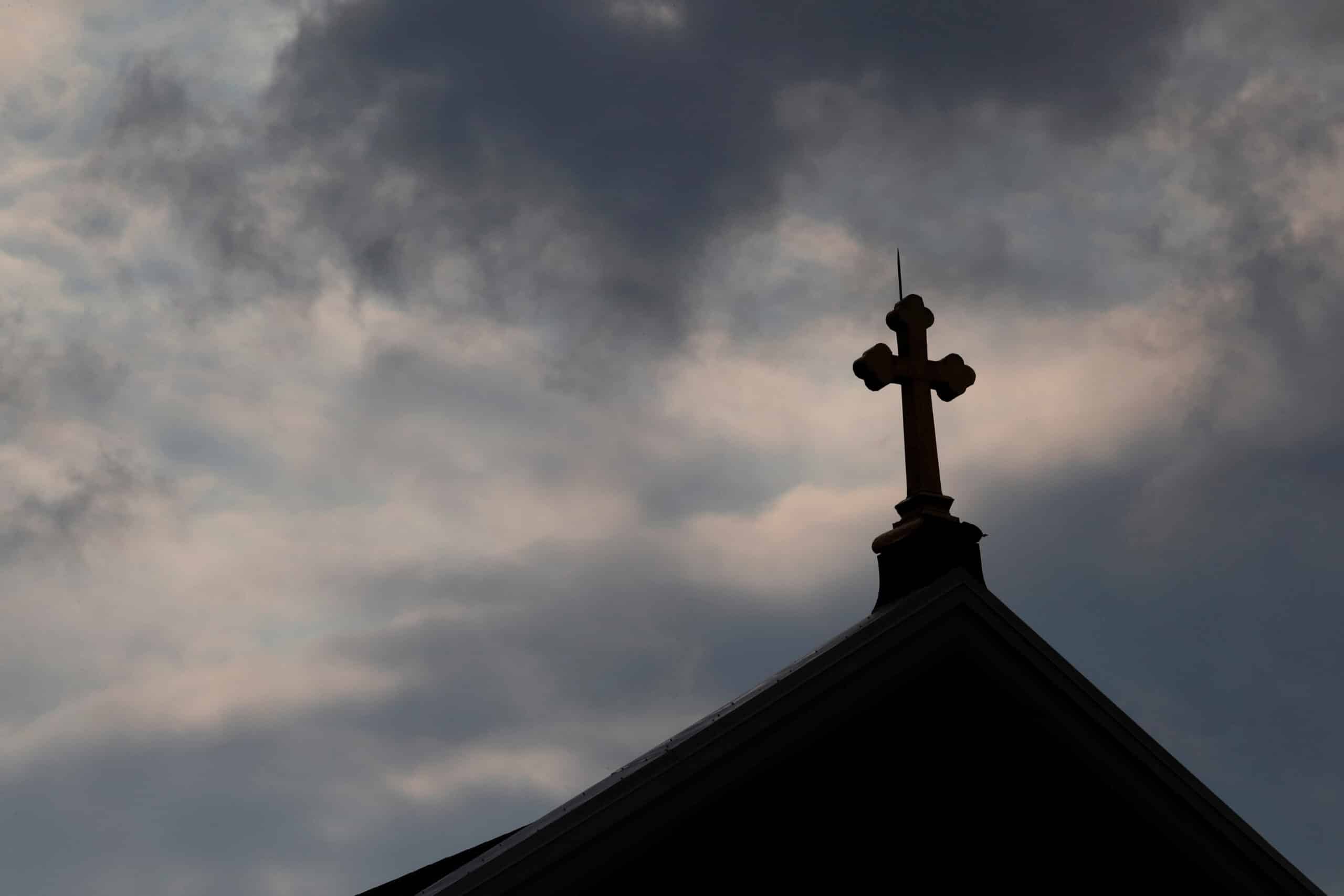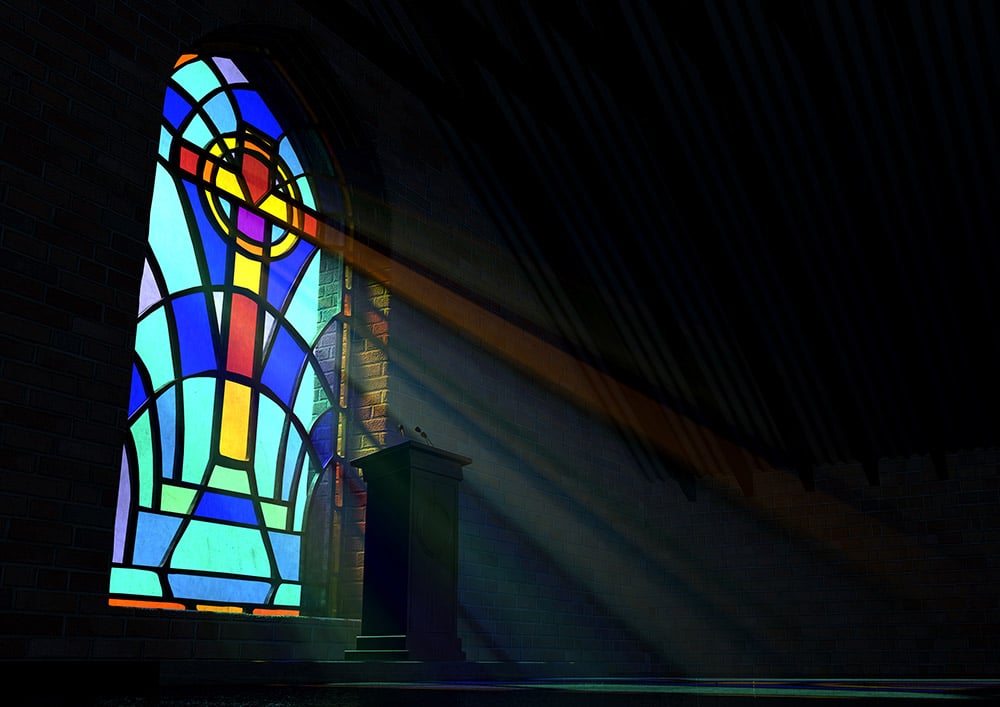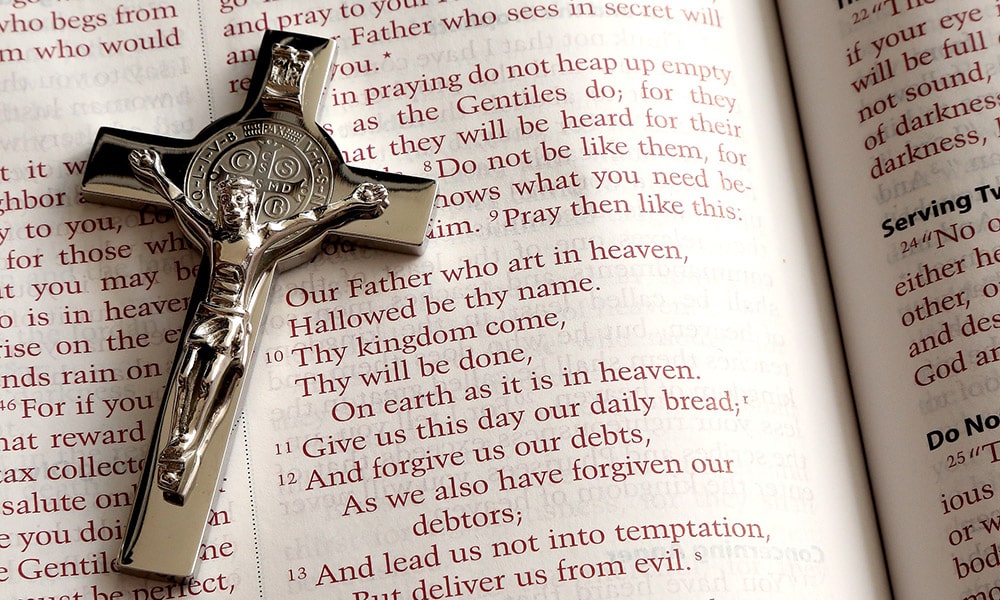 Question: This Sunday for the first time, the carafe containing the wine for the parishioners was placed on a table off the altar, right in front of the pews.
Question: This Sunday for the first time, the carafe containing the wine for the parishioners was placed on a table off the altar, right in front of the pews.
After the consecration, an extraordinary minister of the Eucharist poured the wine into chalices that were not placed on the altar until after the Eucharistic prayer was completed. Water was not added to the carafe or the cups. In the past the carafe was always on the altar, and water was added to it right after the priest’s chalice.
Does this meet the liturgical norms?
— Name withheld
Answer: There are a number of issues here that are problematic.
In the first place, the use of a carafe or flagon has been discontinued by liturgical norms. According to a 2004 document issued by the Congregation for Divine Worship and the Discipline of the Sacraments, Redemptionis Sacramentum, it is expected that, even if the wine is brought forward in a flagon at the offertory, the wine is to be dispensed into chalices on the altar at once, prior to the preface and Eucharistic prayer.
No flagon or carafe filled with wine should sit on the altar or anywhere nearby during the Eucharistic Prayer. It is not in conformity with current norms that the precious blood should be poured from a flagon or carafe during the Communion rite. Even if this was done in the past, it should be discontinued now.
Further it is not generally appropriate that any of the elements to be consecrated should be off the altar on tables, even if such tables are near the altar.
The whole purpose of the altar is that the sacrifice is laid upon it. In rare cases where the altar is small and all the chalices or patens cannot be placed upon it, a table of some sort could perhaps be used to expand the surface area. But again, this should be a rare occurrence since altars should be of suitable size to meet normal liturgical needs.
As for adding water, it is not necessary that a drop of water be added to every chalice. In the ancient world, wines were more concentrated and often needed to be diluted prior to drinking. But in more modern settings, the once practical purpose is seen more as a symbol of our incorporation into Christ and our coming to share in his divine nature. Thus, performing this gesture with its prayer over the main chalice is sufficient.
Finally, I wonder if the wine in the flagon you describe as off to the side on a table was even consecrated. The only possible way it was consecrated would be if the priest saw the flagon at a distance and made an actual intention to consecrate the wine in it. This seems unlikely, especially since you say this was the first time this has happened, suggesting the whole matter was an oversight.
As a general rule, priests only directly intend to consecrate what is on the corporal (a square linen cloth on which the paten and chalices sit) right before him.
Most priests however also make a “virtual intention” to consecrate any hosts and wine that are on the altar. This is because it sometimes happens — especially on larger altars at larger Masses — that some of the patens, ciboriums or chalices are not on the corporal but off on the side of the altar, sometimes away from his peripheral vision.
In such cases, the priest can be sure he has consecrated these elements, even if they evaded his direct attention as long as they were on the altar.
Such a virtual intention, however, does not extend to credence tables where cruets and other things are placed.







